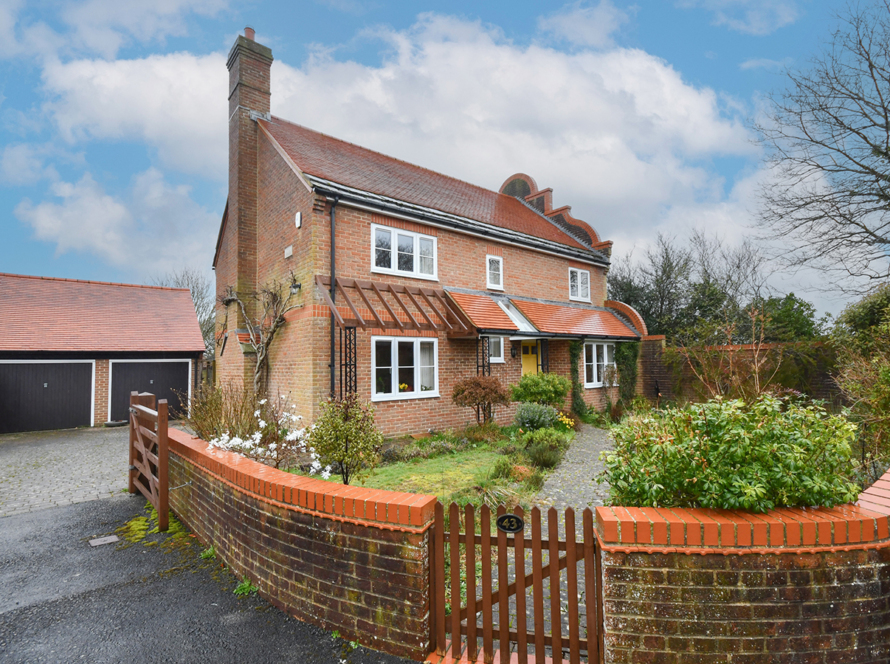If there was a quiz question to name five things you know about Uzbekistan you may firstly get that it was a former Soviet republic. Secondly, that it’s capital city is Taskent or, for those with a bit of geographical know-how, that it is one of only two double-landlocked countries in the world. Some historians may also know that it lies within the ancient trade routes between the East and West, known as the Silk Road, but few would guess that Taskent has one of the most ornate networks of metro stations in the world.

For decades, photography was strictly forbidden in the Uzbek capital’s underground. It was considered for many years a military installation and of state national security – similar to bridges, railway lines and army bases – and imagery of it was banned. In June 2018, the restrictions were lifted and photographers were finally allowed free rein inside what is thought of as one of the most beautiful Soviet metro systems ever constructed.

Taskent metro stations rarely have escalators as they typically lie only a few meters under the surface.
The conception of the Tashkent Metro started in 1968, two years after a major earthquake struck and destroyed the city in 1966. Construction on the first line opened on November 6, 1977 with nine stations. This line was extended in 1980, and the second line was added in 1984. The most recent line is the Yunusobod Line, the first section of which opened in 2001.
The conception of the Tashkent Metro started in 1968, two years after a major earthquake struck and destroyed the city in 1966. Construction on the first line opened on November 6, 1977 with nine stations. This line was extended in 1980, and the second line was added in 1984. The most recent line is the Yunusobod Line, the first section of which opened in 2001.
Like the other Soviet-era metro systems of Moscow, St Petersburg, Kyiv and Minsk, Tashkent’s metro was designed not just to function, but to bring art and culture into the daily lives of Soviet citizens. Upon completion, and with the Cold War growing in concern, the stations also served a double purpose as fallout shelters in the event of a nuclear attack.

Where the different lines intersect, tunnels lead to the joining stations. Ad advertising boards are mostly for tea and English exams.
Only since June 2018 has the Tashkent metro lost it’s classification as a military installation, finally making it possible to photograph without the risk of detainment or arrest. Ever since, a steady stream of photographers – tourists and locals alike – have passed through snapping selfies, not just transversing the Uzbek capital, but also capturing the journey itself.


Kosmonavtlar metro station in celebration of the Soviet space program.
Many stations, particularly those included in the initial 1977 construction, reflect aspects of Uzbek history or Soviet culture. Some have pictorial colourful mosaic scenes of old, while others show flourishes or geometric patterns. One of the most popular, Kosmonavtlar station with its deep blue colour space, theme pays tribute to the early pioneers of the Soviet space program, most notably the world’s first cosmonaut, Yuri Gagarin.

People passing through the majestic domed roof of Alisher Navoi.

Tashkent station beautifully architectured with straight pillars and eight-pointed stars on the marbled floor.
Alisher Navoi station (perhaps the most architecturally pleasing in the entire system) resembles the interior of a mosque with its domed roof and arches, bears testament to the enduring importance of the Silk Road writer and artist in Uzbek culture whose name it bears. The glitzy diamond ceiling of Dustlick and pillared tombed Toshkent are also worthy of a visit as the diversity continues.

Glitsy Dustlik- like diamonds in the sky.
The stations’ themes touch at times upon more modern topics, as well. The green and blue mosaics inside Pakhtakor station (which translates to ‘cotton picker’) point to the historical importance of cotton to the Uzbek economy, which continues to the modern day.

Mosaics of Pakhtakors cotton past with a schematic map of the metro.
Yunus Rajabiy shows perfect symmetry with metal light fixtures and large marble pillars. The station is named after an Uzbek musician and is connected to Amir Timur station, so both can be seen in one visit.
With the cost of around 12p per trip on the underground, from which you could spend all day travelling the 29 stations without coming up for air, this has to be the best value historical day out you could spend in Tashkent. Don’t for get to take a packed lunch – and of course your camera.

The heavy glass doors of each metro station that keep the cold out in winter and keep the air cool in summer



